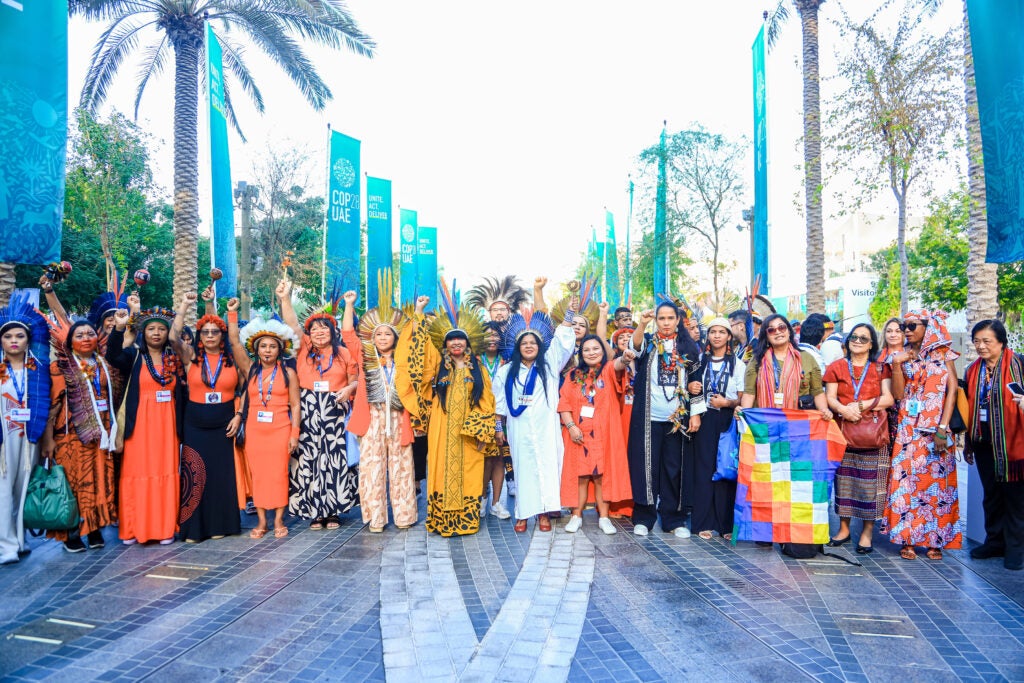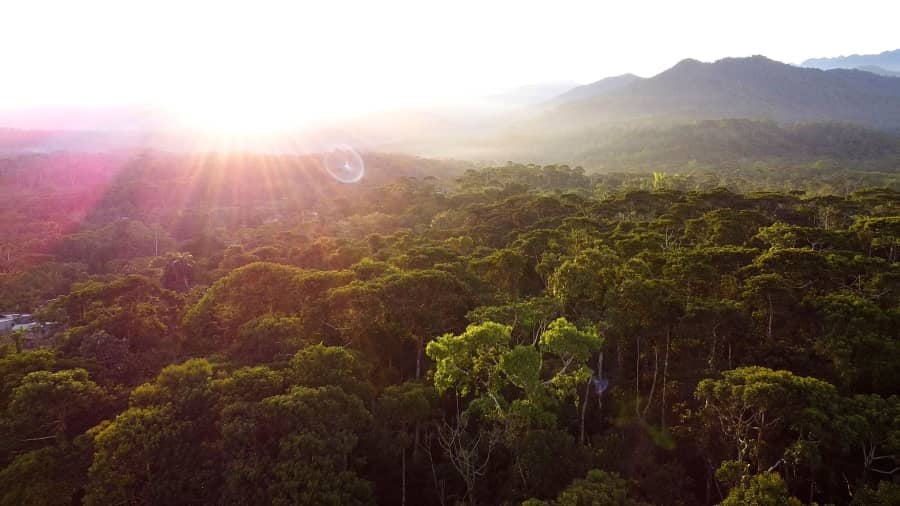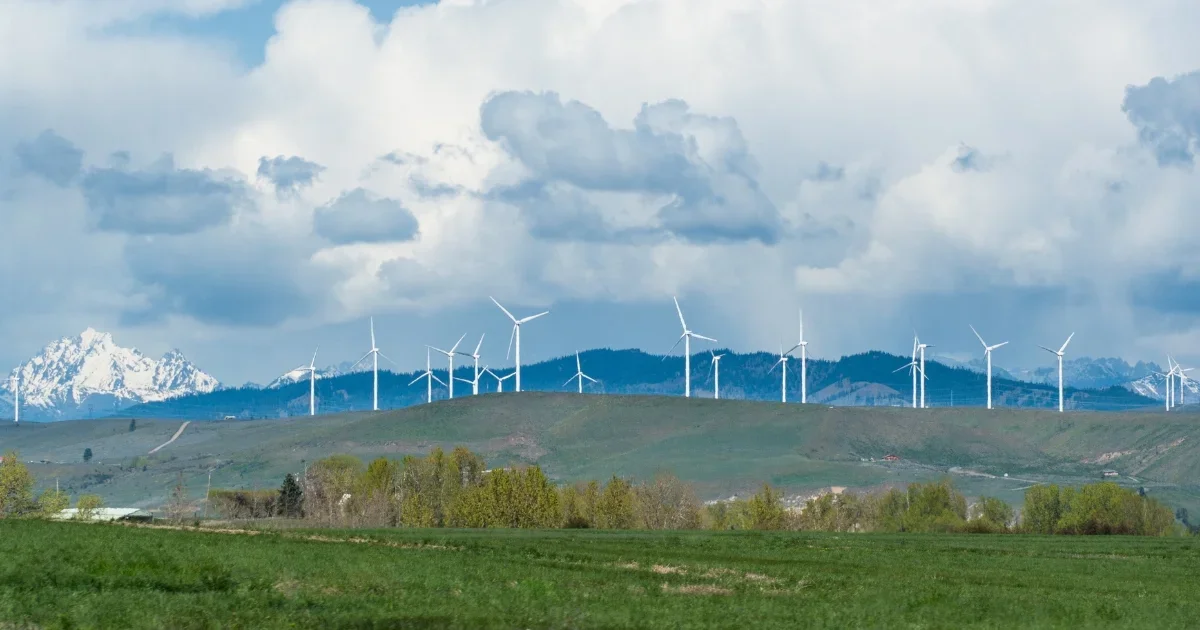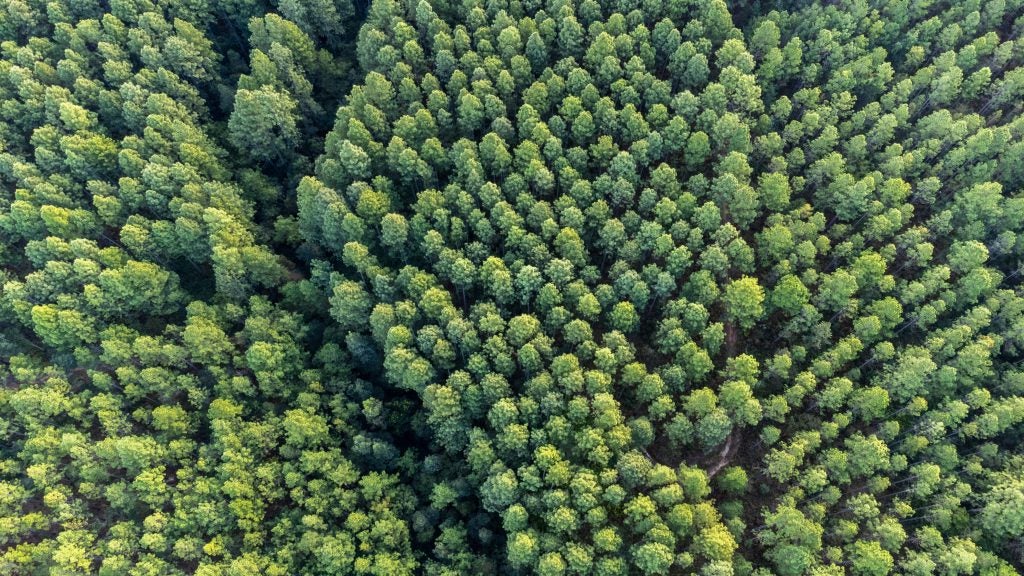This post was co-authored by David Cordero-Heredia, Professor of Law at the Pontificia Universidad Católica del Ecuador, and Visiting Scholar for Cornell University’s Latin American and Caribbean Studies program, and Santiago Garcia Lloré, Acting Director Forest Partnerships, Environmental Defense Fund
Indigenous Peoples living in voluntary isolation (IPLVI) are communities that have chosen to avoid contact with the outside world. They maintain their traditional ways of life deep within remote forests and inaccessible regions. Their territories are among the most pristine and ecologically significant areas on the planet; IPLVIs play a crucial role in global biodiversity conservation.
On March 13, 2025, the Inter-American Court of Human Rights (IACHR) delivered a landmark ruling in the case of Indigenous Peoples Tagaeri and Taromenane v. Ecuador. The Court declared Ecuador internationally responsible for violating multiple human rights of the Tagaeri and Taromenane, Indigenous Peoples Living in Voluntary Isolation (IPLVI) in the western Amazon after violent attacks in 2003, 2006, and 2013, leading to deaths of IPLVI members (IACHR, 2024).
The ruling found that Ecuador violated the rights to collective property, self-determination, dignified life, health, food, cultural identity, a healthy environment, housing, life, judicial guarantees, and judicial protection of the Tagaeri and Taromenane. Additionally, the Court held the state responsible for violating the personal integrity, freedom, dignity, family protection, childhood rights, identity, movement, residence, cultural identity, health, and judicial guarantees of two Indigenous girls who were forcibly separated after a 2013 attack.















